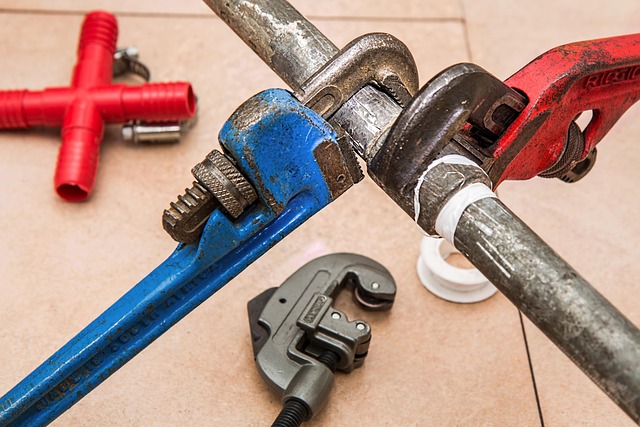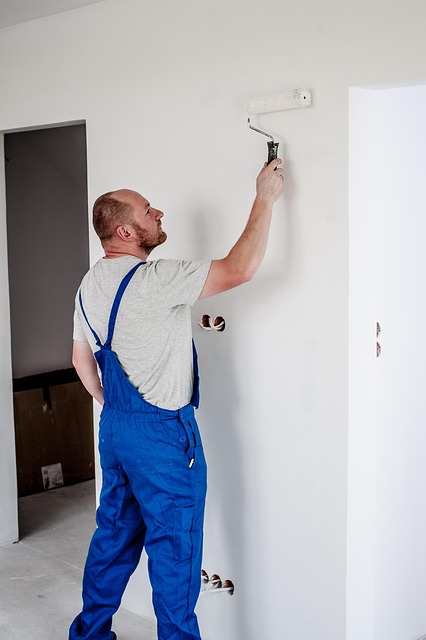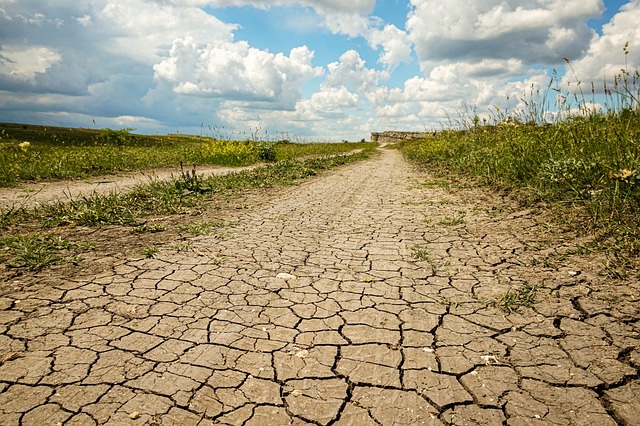Concrete slab cracks require prompt attention for effective crack repair. Assess crack width, length, depth, pattern, and surrounding concrete condition to identify causes. Use appropriate tools and materials like epoxy, polyurethane compounds, brushes, and safety gear. For small cracks (less than 1/4-inch wide), clean, fill, and cure with a suitable crack filler within 24-48 hours. Larger, structurally significant cracks may need carbon fiber reinforcement or epoxy injection. Improve soil bearing capacity below slabs to prevent cracking. Regularly inspect for cracks, avoid common mistakes, and match repair methods to crack severity and concrete characteristics for long-lasting crack repair.
Concrete slab cracks can be a common concern for homeowners, but repairing them is essential for structural integrity. Understanding the causes and types of these cracks is the first step towards effective repair. This article guides you through the process, from identifying damage to choosing the right materials. We’ll walk you through repairing small and large cracks, offering preventive measures, and highlighting common mistakes to avoid. By following these tips, you can ensure robust and long-lasting concrete slab crack repair.
Understanding Concrete Slab Cracks: Causes and Types

Concrete slab cracks can range from minor aesthetic issues to significant structural problems, requiring prompt attention for effective crack repair. Understanding the causes and types of these cracks is essential in addressing them appropriately. Cracks may result from various factors such as settlement, shrinkage, or extreme weather conditions, leading to different patterns like diagonal, horizontal, or vertical splits.
Settlement cracks often occur due to uneven soil compaction, while shrinkage cracks are caused by the natural drying process of concrete, resulting in tiny hairline fractures. Weathering and temperature fluctuations can also contribute to more pronounced cracks, especially in larger structures. Identifying the specific type of crack is crucial in selecting the right crack repair method for effective long-term solutions.
Assessing the Damage: Identifying Crack Severity

Assessing the damage is a crucial step in concrete slab crack repair. The first task is to identify the severity of the crack. Cracks can range from shallow, hairline fractures to deep, wide splits that compromise the structural integrity of the slab. Using a pencil or a crack measurement tool, carefully examine the crack’s width, length, and depth. Wide or deep cracks may indicate more significant damage and could require professional intervention.
Additionally, consider factors like the crack’s pattern, direction, and surrounding concrete condition. Cracks that run diagonally or horizontally might be indicative of underlying issues such as settlement or structural defects. Observing these details helps in determining the root cause, which is essential for effective crack repair.
Materials and Tools for Effective Crack Repair

When undertaking concrete slab crack repair, having the right materials and tools is essential for achieving a durable fix. The primary components include high-quality epoxy or polyurethane-based injection compounds, which are designed to fill and strengthen cracks. These materials are chosen based on their ability to bond with concrete and resist environmental factors like moisture and extreme temperatures. Additionally, you’ll need cleaning agents, brushes, and sandpaper for preparing the crack surface to ensure optimal adhesion.
Hand tools such as chisels, hammers, and wire brushes are invaluable for clearing debris from the crack and creating a rough texture that enhances bond strength. Power tools like drill machines with specific bit sizes matching the crack width can also streamline the process. Safety gear including gloves, safety goggles, and respirators is crucial to protect against potential hazards associated with concrete dust and chemicals.
Step-by-Step Guide to Fixing Small Cracks

Step-by-Step Guide to Fixing Small Cracks
For minor concrete slab cracks, a DIY approach can be effective and cost-saving. Begin by identifying the crack and assessing its severity. If the crack is less than 1/4-inch wide, it’s typically considered small and repairable with simple tools and materials. Next, clean the area around the crack thoroughly to remove any debris or loose concrete. Use a wire brush or power washer for this step to ensure proper adhesion of the repair compound.
After cleaning, apply a suitable crack filler designed for concrete. These fillers come in either a paste or liquid form and can be injected directly into the crack using a caulk gun. Fill the crack completely, ensuring the filler reaches the bottom and both sides of the crack. Allow the filler to cure according to the manufacturer’s instructions, usually 24-48 hours. Once cured, lightly sand the area to smooth any excess filler and achieve an even surface, ready for final inspection and touch-ups.
Techniques for Larger Cracks and Structural Repairs

For larger cracks that are structural in nature, specialized techniques are required. One common approach is to use carbon fiber reinforcement, where a matrix of carbon fibers is embedded into the crack to provide added strength and stability. This method is particularly effective for wider cracks that extend deeply into the concrete slab.
Another technique involves the injection of epoxy or polyurethane materials into the crack. These compounds fill the voids, preventing further damage and providing a durable seal. Structural repairs often necessitate a combination of these methods to ensure the longevity and integrity of the concrete surface, addressing both aesthetic concerns and structural stability.
Preventive Measures: Strengthening Concrete Slabs

Strengthening concrete slabs is a proactive approach to preventing cracks and prolonging the lifespan of your structures. One effective method involves enhancing the soil below the slab, especially in areas prone to shifting or settling. This can be achieved by improving the soil’s bearing capacity through proper compaction and incorporating stabilization materials like cement or fly ash. Such measures ensure that the foundation remains stable, reducing the chances of slab cracking.
Additionally, regular inspection is key to identifying potential issues early on. Regularly checking for signs of cracks, especially during periods of extreme weather or after significant structural loads, allows for prompt crack repair. Addressing cracks promptly prevents them from expanding and causing more significant damage.
Common Mistakes to Avoid During Slab Crack Repair

When repairing a concrete slab crack, it’s important to avoid common mistakes that can compromise the integrity of the structure and lead to further damage. One of the biggest blunders is attempting to fix the crack without properly assessing its severity. Not all cracks are superficial; some may indicate deeper structural issues. Ignoring this critical step can result in a band-aid solution that doesn’t address the root cause.
Another mistake is using the wrong repair method for the specific crack type. Different concrete slabs have unique characteristics, and certain cracks might require specialized techniques or products. Using an inappropriate sealant or filler can lead to poor adhesion and eventual failure of the repair. Always match the chosen crack repair solution with the type and severity of the damage for long-lasting results.
